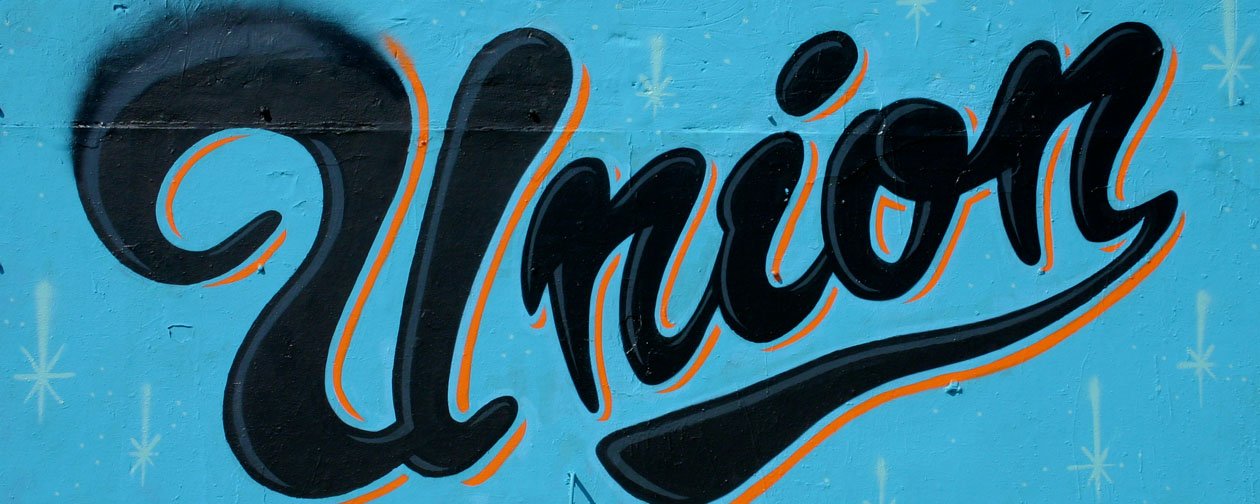Posted:
Monday, September 21, 2020
A new Gallup poll shows a majority of Americans still believe in the power of collective bargaining. "This shows that, once again, working people believe in their right to have a voice on the job," said International President Lonnie R. Stephenson. "It's not a fringe notion, it's mainstream. People can see that there's power in a union."
According to the polling organization's annual Labor Day poll, 65% of Americans approve of unions, the highest it's been since 2003. Gallup also noted that public support has been steadily rising from a low point of 40% in 2008 during the Great Recession. Gallup began tracking union sentiment in 1936, the beginning of the modern labor movement, and found support at 72%. It peaked at 75% in the mid-1950s. And while collective bargaining support has tended to drop during times of economic unrest, the report notes that this has not been the case this time around. With millions of Americans out of work due to the coronavirus and unemployment at a near-record high, the current data, collected from July 30 to Aug. 12, seems to be bucking that trend. In fact, support is roughly the same as it was last year.
It's possible that the tumultuousness and uncertainty of the pandemic are driving positive union sentiment, or at least worker activism. The early days of the outbreak were filled with stories of workers in hospitals, grocery stores and other places that couldn't shut down going without basic personal protective equipment. With lives literally at risk, many took to the streets and picket lines to fight for their right to a safe work environment.
"The pandemic led to the strike, and the strike led to this opportunity to organize workers all over this country," said Instacart worker Ryan Hartson to The Guardian. "No question the pandemic has opened up a whole new dynamic in the labor movement." Looking at political parties, Democrats showed the most support, at 83%, followed by 64% of independents and 45% of Republicans. While the degree has varied over time, such polarization has existed since Gallup began tracking it in 2001.
Found in:

